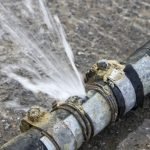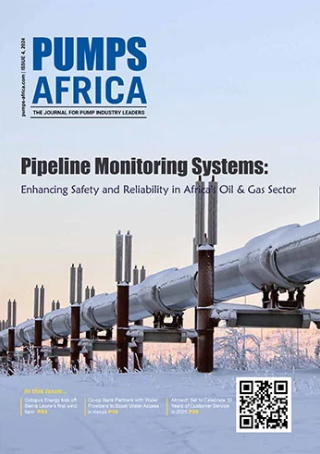The installation of a new submersible pump, brings with it the expectation of consistent operation that will last for several years. However, chances are that the submersible pump will be performing in rugged conditions that can eventually take a toll on a pump.
Proper preventive maintenance can help prolong the service life of your submersible pump. This, in turn, will allow for the smooth operation at optimal levels.
Routine preventive maintenance inspections can help address possible issues before they become major or even catastrophic problems. It also helps identify root causes of issues and the appropriate action to resolve and prevent these events from occurring in the future. There are four key areas to be sure to include in your maintenance checklist.
Alarm Monitoring
A submersible pumping system can be setup with monitoring devices that will alarm if a potential failure threshold has been reached. One of the most important criteria to monitor on a submersible pump is the mechanical seal chamber.
Many submersible pumps incorporate a seal failure control circuit in the controls. This works in conjunction with a seal minder probe located in the pumps mechanical seal chamber. A seal failure circuit is designed to monitor the amount of moisture within the mechanical chamber such that once a critical level of moisture has entered the mechanical seal chamber, an alarm is initiated.
This early warning can allow the operator to schedule repair and inspection of the pump. Moreover, if a seal minder alarm is initiated, a sample of the seal chamber oil should be taken to verify the amount of water present in the mechanical seal chamber. Generally, the seal should be replaced if the fluid removed is milky or shows a high level of contaminants.
Other types of preventive alarms such as motor temperature sensor alarms, high fluid level alarms, over and under current alarms can be installed on a submersible pump and the associated control system.
Pressure and Flow Checks
A submersible pump should perform at the same flow and pressure output that was measured and noted in the start-up report. A pressure gauge should be located as close to the piping discharge as possible.
The pressure gauge reading will indicate the psi (pounds per square inch) performance level of the pump in the piping system and should stay the same as long as no changes have occurred in the pumping system.
If there is a discrepancy between current operation and the start-up report, check for possible hydraulic issues. This is because clogging can occur within the pipes, check valves can stick, control valve settings can be changed, or critical piping system changes may have been made.
On the other hand, changes in the fluid entering the sump basin can also change the performance of a submersible pump. Excessive solids, fluid specific gravity, and chemical changes are just a few parameters that can affect a submersible pump’s performance.
Visual Inspection
Some of the things that one should look out for here include but are not limited to presence of debris jammed in the suction inlet, pump housing or stuck around the impeller, or any signs of physical damage to the pump.
You should also ensure solids like milk fats, animal fats or sticky materials are not adhered to the pumping elements. Moreover, the critical pumping elements should be checked for physical damage, chemical attack or erosion.
Exterior surfaces should be checked for dents, corrosion or abrasion. The electrical power and sensor cables should be free of cuts or frays and be properly supported by the strain relief mechanism. The sump basin should be checked for excessive solids build up.







